What Is the Symbol of Tehran?
Tehran, the capital city of Iran, like many commercial cities in the world, is known for its thriving atmosphere where the streets are filled with people coming and going around. Being a historical city, it boasts countless museums, palaces, mansions, and historical neighborhoods belonging to the previous dynasties. With the presence of the Alborz Mountain Range, Tehran also offers the best ski resorts, one of them being an International Ski resort for professional ski racing. These tourist attraction sites, like the popular Azadi Tower and Milad Tower, are considered the Symbology of Tehran. We will introduce you to the top locations of Tehran, or the symbol of Tehran, and their significance to Iranian culture and history.
What Is Tehran Known for?
Selected as the capital for more than 200 years, during the day, the city is one of the most populated areas in the country. Tehran is the heart of Iran and is 730 square kilometers wide, a place where most of the political, cultural, and scientific activities are held and active. It is estimated that Tehran is the fifth most visited city among the other historical cities of Iran due to its recreational, commercial, tourist attraction sites, and many more.
The locations below represent the importance of Tehran to Iran and the world, some of which have been marked in UNSECO, and these fascinating spots range from historical to very modern.
Milad Tower
One major symbol of Tehran is the tallest tower in Iran. From the heights of the Milad Tower, you can observe a stream of passion and energy of the urban life that flows through the streets of Tehran, the lights and colors of the buzzing in the city. The Milad Tower is situated in the northwest of Tehran and is one of the major symbols of the capital city.
This tower was built on a 62-hectare hill and has the highest point in Tehran, which is 435 meters. Inside the tower, you have multiple recreational options such as Zipline and bungee jumping, escape rooms, a rotating restaurant, 6D cinema, Concert halls, museums, children’s playground, paintball, pool and bowling, shopping center, and an observation deck. Milad Tower is an architectural wonder and a masterpiece in Iran. It is known as the sixth tallest telecommunication tower in the world.
Azadi Tower
Another famous symbol of Tehran is Azadi Square, which has always been a valuable monument of Iran. During the Pahlavi dynasty, the Square was a memorial of the glorious celebrations of the King. Azadi Square and Tower is the historical memory of the capital, with intricate architecture and symbolism. The tower is not only popular for its architecture and beauty but also for its name, meaning “Freedom.”
The Azadi Tower is located in the center of the Square and is 45 meters high. It has four floors, and inside the tower, there is a large theatre hall, a cinema, multiple art museums, and other halls for displaying some Iranian inventions.
Tehran Grand Bazaar
A place where you can purchase rare goods and souvenirs, as well as sightseeing historical streets, shops, palaces, and mansions is nowhere but the Grand Bazaar of Tehran. The bazaar was first established during the Safavid Period and is more than one kilometer per square meter.
Each section of the bazaar is used for a specific kind of good, which makes it easy to navigate through this labyrinth of colors and vibrancy. In Tehran Grand Bazaar, you will find almost all types of goods. It also contains popular restaurants serving traditional cuisines and local sandwiches. Since it’s a large area and requires walking for long distances, you might need to rest and dine. The Grand Bazaar opens at 9 am and closes at 6 pm.
Golestan Palace
The Golestan Palace is located inside the Grand Bazaar of Tehran on the main street. It was first built during the Qajar dynasty and is more than 450 years old. The Golestan Palace is registered on the UNESCO World Heritage List. Agha Mohammad Khan Qajar was one of the historical figures who brought this palace into prosperity after his victory over Lotf Ali Khan Zand.
Golestan Palace is a complex illustrating cultural and historical symbols of Iran from the earlier periods. The palace is surrounded by evergreen trees and embraces another mansion called Shams-ol-Emareh. The palace is now used as a museum for exhibiting the relics of that era. The rooms and halls of the palace are also some of the best artworks of the Qajar Period.
Shams-ol-Emareh
Shams-ol-Emareh was one of the largest and tallest mansions in Tehran during the Qajar period and one symbol of Tehran. The building was erected in 1865, and after its completion, Shams ol-Emareh became the symbol of Tehran. Shams-ol-Emareh was the first Iranian building in which a steel frame was used in its construction, which gradually became more common after that.
As mentioned earlier, this mansion was the tallest building in Tehran, and its height is about 35 meters, containing 5 floors. This house was used by Naser Al-Din Shah to sit and have a general view of the city from high above. When entering the mansion, you will come across the rare Persian stucco and mirror work. These ornamentations are so mesmerizing that they will stun you.
Gate of The National Garden of Tehran (Sardar é Bagh Melli)
The National Garden of Tehran was established in Mashgh Square, in the center of Tehran, by the order of Reza Shah Pahlavi, who planned to establish the first public garden of the capital. Unfortunately, the National Garden itself did not last long, and instead, important buildings such as the Ministry of Foreign Affairs of Iran and the National Library were built in its area.
Currently, only the gate of Tehran National Garden remains, which shines like a precious jewel in the historical center of the country’s capital and is famous as one of the sights of Tehran. The architecture of the gate is a combination of Iranian and European styles that can be seen in the tile work and which was common in that period.
City Theater of Tehran
A place made for theaters and literature is the City Theater building in Tehran. This cultural building is the venue for the important events of the year in Iran’s theater field. In recent years, various parts of the City Theater have been expanded, and the public has been able to use the new facilities.
In addition to the cultural and artistic use of the City Theater, it also holds the significance of the architecture and design of the City Theater building. The building was established around 100 years ago and was a favorite spot for popular poets, actors, and singers in Iran. Today, the city theater is known as one of the most cherished theater centers in Tehran.
Tochal Peak and Ski Resort
There is no place other than Tochal Tehran Resort for spending the weekend and experiencing thrilling activities. Tochal is a paradise with various amenities, which is one of the top entertainment and welfare centers in Iran. Tochal is a fantastic place for hikers and mountaineers to climb up the Tochal Peak. There are stations made for hikers to eat and rest.
By using the Tochal cable car, you can also climb to the top of Tochal and watch Tehran by breathing in the clean air of the peak. Various exciting games, such as sledding, zipline, bungee jumping, escape room, shooting, etc., are found in the Tochal complex.
Dizin Ski Resort
The nature covered with snow and fresh air of The Dizin International Ski Resort is a place of interest for skiers situated around Tehran. At the height of the Alborz slopes, you will find the largest ski resort in Iran and the best ski resort in Tehran, which happens to attract many tourists and athletes from different parts of Iran and the world, people who love skiing and the untouched snow of the Alborz Mountain slopes.
Dizin Ski Resort is still one of the most famous ski resorts in Iran, but it is not the only ski resort in Iran. It is a well-equipped resort used for competitions, ski classes, and snowboarding.
Tehran National Museum
The National Museum of Iran, or the Museum of Ancient Iran, is a place where you will see various archaeological works. The museum is very symbolic to Iran from both the historical and archaeological point of view. Visiting the National Museum, you can see the works from the Islamic era and before.
Works from the Achaemenid period can be seen in the National Museum of Iran, which shows the antiquity and importance of this place. In fact, the works and objects in the museum can be divided into two categories: ancient Iran and the Islamic era. The museum is an important part of Iranian culture and civilization.
Sadabad Palace
Another sightseeing symbol of Tehran is the renowned Sadabad Palace. The palace has an area of 300 hectares, and its lush gardens are located in one of the best parts of Tehran. Numerous native and foreign architects and engineers worked hard to build this complex during the Pahlavi and Qajar Dynasties.
The museums of the complex are full of attractions that will take you several hours to visit. you can visit a completely entertaining collection, which has a restaurant, a library, a cinema, a radio station, a booth for taking pictures in Qajar clothes, etc.
Abgineh Museum (Glassware and Ceramic Museum of Iran)
The Glass and Ceramic Museum, located in an antique building belonging to the Qajar dynasty, is a picturesque museum embracing relics of the past. This museum specializes in glass and pottery objects and is one of the most visited Iranian museums. The location of this museum belonged to Ahmad Qawam, the Minister of Foreign Affairs of Ahmad Shah Qajar.
The works inside this building have great historical and cultural value. For example, glass pipes were discovered in the Chagha Zanbil Ziggurat temple, which dates back to the second millennium BC. This museum has various halls. Abgineh museum is loved by both the locals and foreign tourists.
Oudlajan Historic Neighborhood
Oudlajan is one of the old and original neighborhoods of Tehran from the Qajar period. Although now Tehran, a crowded capital of Iran with its towers and tall buildings, has taken on a different face from the old Tehran. However, in this city, there are also alleys and neighborhoods that by passing through them, you can get a clue of the capital’s past identity.
One of these neighborhoods is called “Oudlajan,” which played a significant role in the esteemed history of this city. Oudlajan is located in the west of Shams ol-Emareh Mansion.
Valiasr Street
Another symbol of Tehran is the Valiasr Street in Tehran, which is the longest street in the Middle East, and starts from the south of the capital in Rahahan Square and extends to Tajrish Square in Shemiranat, one of the northernmost parts of Tehran. Along Valiasr Street, there are many cultural and commercial centers, large public parks, restaurants, and entertainment and tourism places.
The street is famous for its old tall trees and is a perfect spot for photography.
Laleh Zar Street
Laleh Zar Street is another renowned street in Tehran and is the oldest and major street of the capital, which is located in its central area. There were many theaters, restaurants, and cinemas on Laleh Zar Street, and it was known as a symbol of modernity in Iran. The street was formerly called Tehran’s Champs-Elysée Street, which possesses a rich history.
Today, Laleh Zar Street has changed into an electrical appliance exchange, which has modernized the area, but you can still see the age-old features of the area.
Iran Mall
One of the largest shopping centers in the world is located on the outskirts of Tehran, which is more than 669 thousand square meters wide. Iran Mall is an important commercial center of the country. In addition to the numerous stores, it has various amenities and entertainment facilities, such as an amusement park, a cinema campus, a sports complex, and a hotel.
Iran Mall has created several replicas of Iran’s national treasures inside itself. It includes a Jame Mosque, The Mahan Garden, the Didar Garden, a traditional Timcheh, the Jondishapur Library, the Hall of Mirrors, Sherbet Khane, and Iwan Ashraq. Iran Mall also provides an ice rink and musical fountains.
Final Word
Tehran, the capital of Iran, is the largest and most populous city in the country, owning historic monuments and modern structures suitable for all visitors. The city is abundant in antique locations that are yet active. Among these places, the Azadi Tower, as the dominant symbol of Tehran, named itself “Azadi” to represent freedom and peacefulness among the people.
re you planning to travel to Iran and looking for an Iran travel agency? Then read the things to do in Tehran blog and check out our Iran tours.

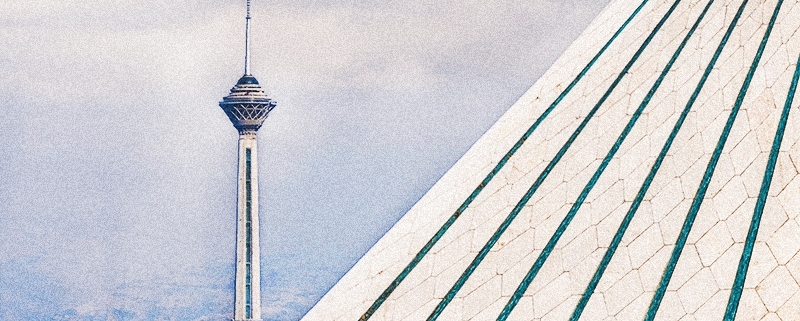
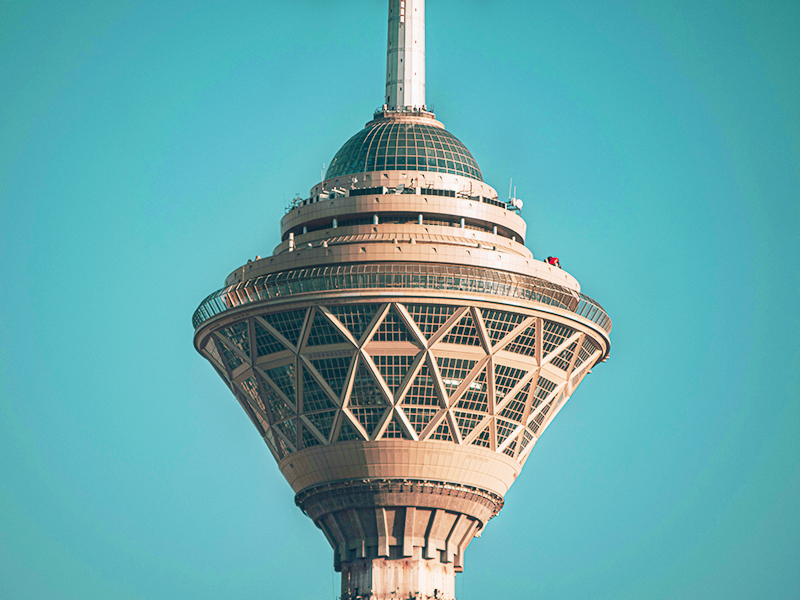
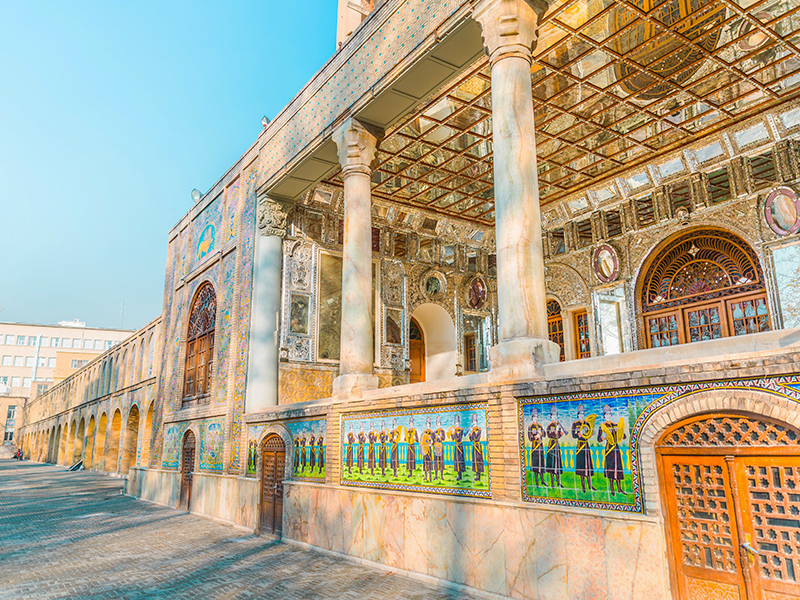
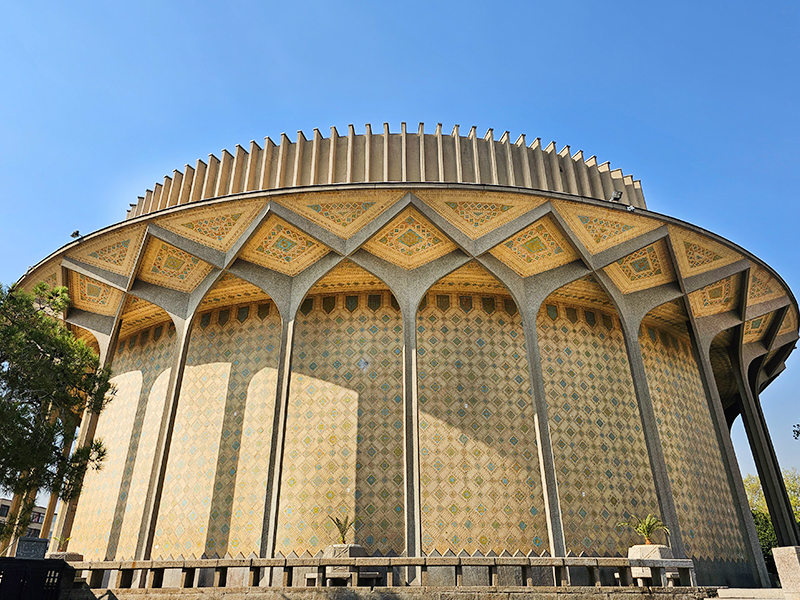
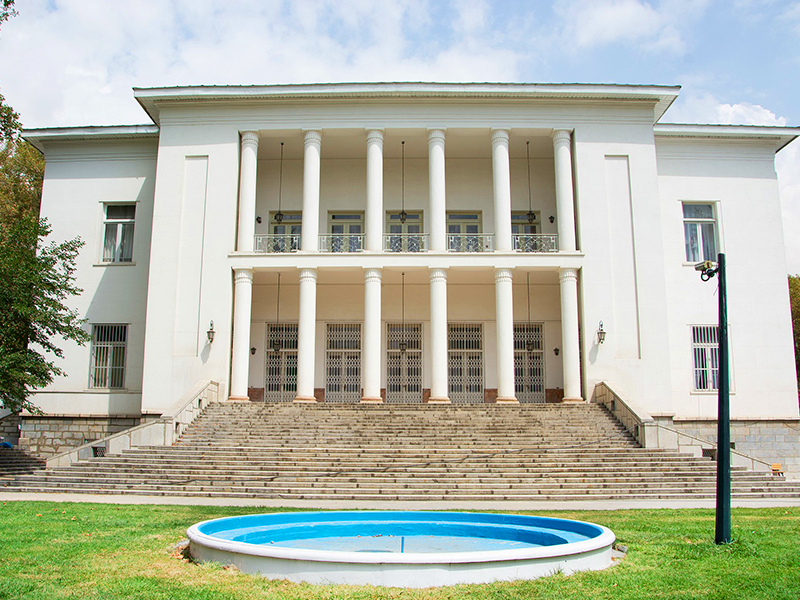
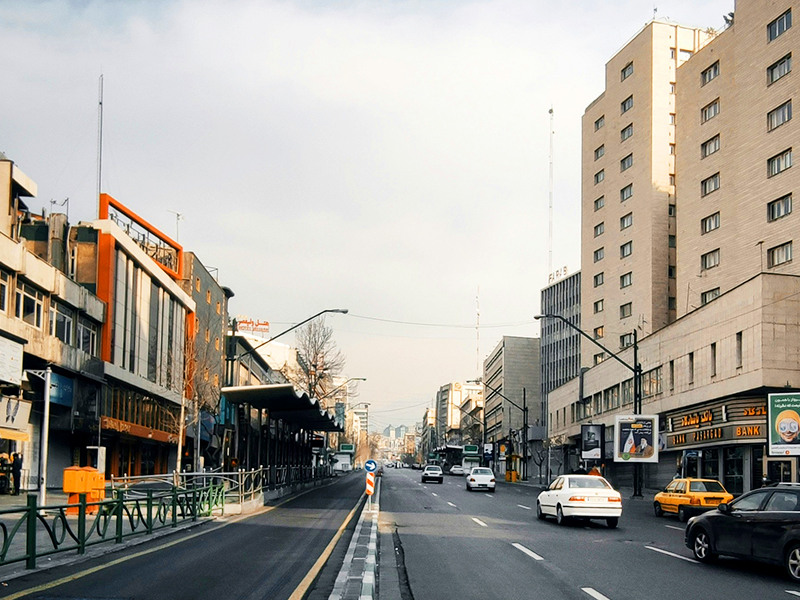




Leave a Reply
Want to join the discussion?Feel free to contribute!